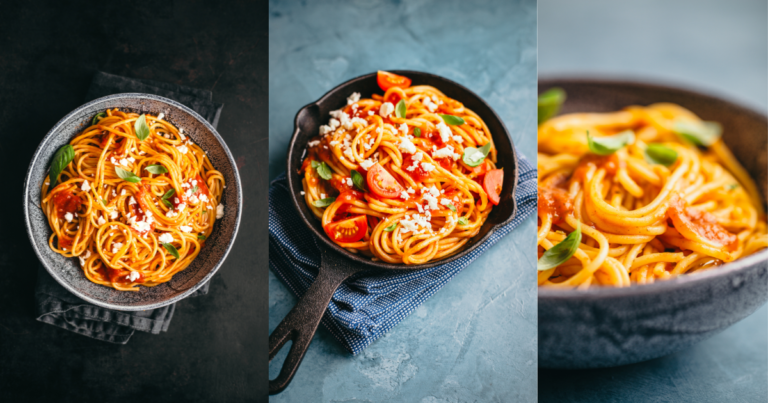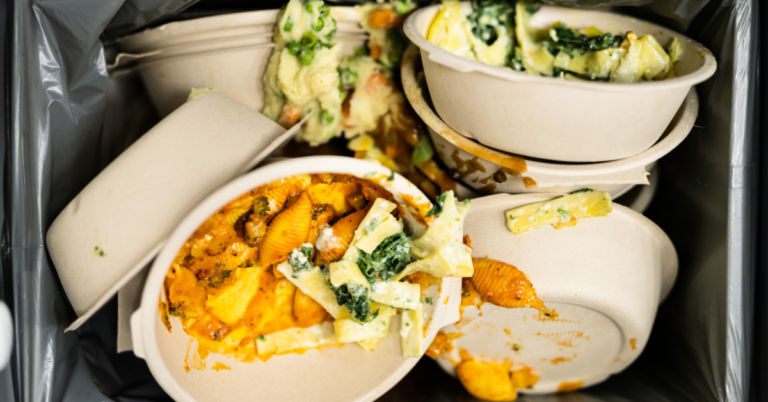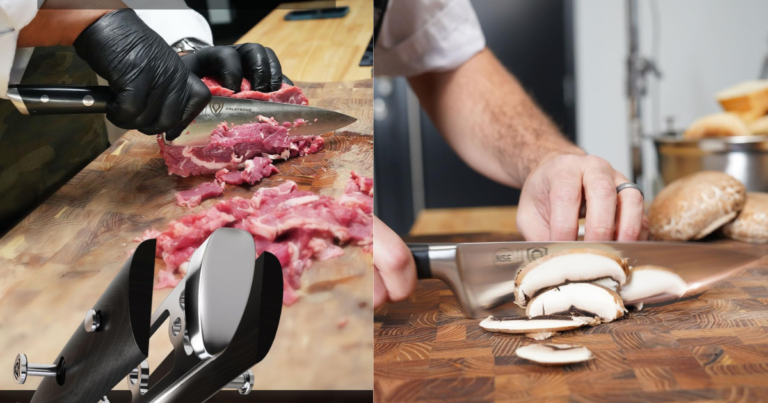Can You Freeze Sauce in Plastic Bottles? And Other Alternatives
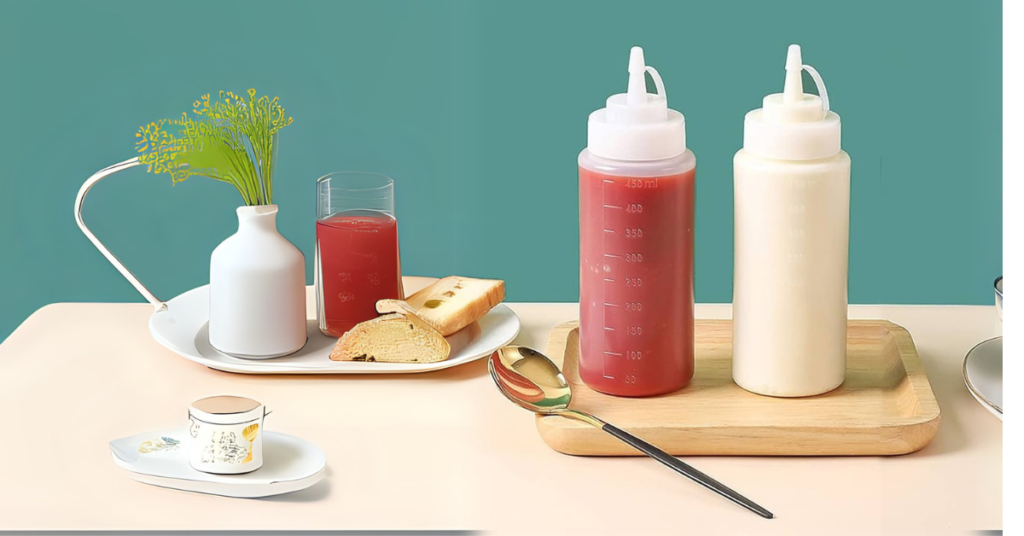
You buy sauce and use it a little; the rest goes to waste, and you’re back at the store again. It’s too much time-consuming. So now you are thinking about freezing your sauce in plastic bottles as a simple alternative. For you, it is time and money-saving…but is it the best way to freeze the sauce for longer and keep it fresh?
This guide deeply discusses whether plastic bottles are a good option for freezing sauce, how to do it right, and better alternatives to make your life easier.
Let’s get into it.
Why the Right Freezing Method Matters for Your Sauce
Why Freezing is Good…
Freezing sauce is one of the easiest ways to keep it fresh for months. It’s perfect for avoiding waste and saving time on busy days.
You can freeze almost any sauce, whether creamy Alfredo or your favorite pasta sauce. Freezing locks in the flavors and nutrients so you can enjoy them later.
Different Sauce Freeze Differently…
But you must understand that different sauces freeze differently. Tomato-based sauces are freezer-friendly and maintain their texture and flavor after thawing. Cream-based sauces can be tricky…they may separate or lose their smoothness if not handled correctly. Sauces with high-fat content, like cheese sauces, need extra care during freezing and thawing to prevent clumping. If you are a professional cook, you already know this.
The Container Plays a Big Role…
Freezer-safe plastic bottles, bags, or containers are ideal because they prevent air exposure, which can cause freezer burn. Regular plastic bottles can crack or leak harmful chemicals into the sauce, so using materials designed for freezing is important.
Can You Freeze Sauce in Plastic Bottles?
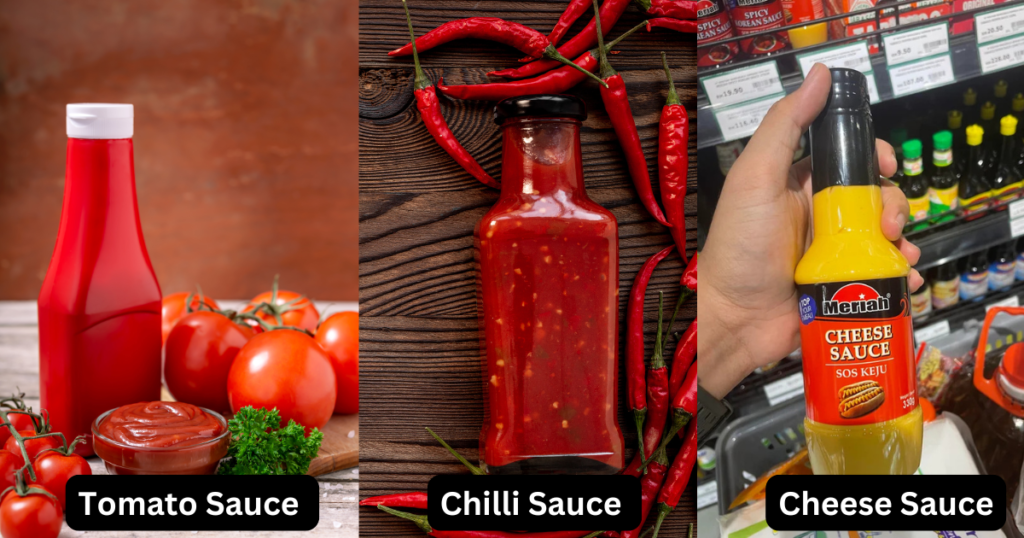
You can freeze the sauce in plastic bottles, but you need to be cautious. Only the “right” freezer-safe bottle type can guarantee safety and quality. Regular plastic bottles may not hold up in the freezer.
If you have a personal chef, he must know this fact.
Risks of Freezing Sauce in Regular Plastic Bottles
- Regular bottles can become brittle and crack due to the expansion of liquids when frozen.
- Non-freezer-safe plastics may release harmful chemicals into your sauce when exposed to freezing temperatures.
- Thin or poorly sealed bottles let air seep in, causing freezer burn and ruining the sauce’s flavor.
- Weak seals or cracks can lead to spills, creating a mess in your freezer.
Benefits of Using Freezer-Safe Plastic Bottles
- Freezer-safe bottles are designed to withstand extreme cold without cracking.
- These bottles contain materials that won’t leach harmful substances into your food.
- Airtight seals protect your sauce from air exposure and freezer burn.
- They’re reusable, lightweight, and stackable. They save you time in meal prepping.
How to Identify Freezer-Safe Plastic Bottles
Look for the following features to ensure safety:
Label or symbol: Check for a snowflake icon or “freezer-safe” written on the bottle.
Material type: Choose bottles made from BPA-free plastic or high-density polyethylene (HDPE).
Thickness: Opt for sturdy, thick-walled bottles to prevent cracking.
Freezing sauce in plastic bottles can work well when you use the right type. It’s a simple step that makes storing your favorite sauces convenient and worry-free.
How Long Can You Freeze Sauce in Plastic Bottles?
The time a frozen sauce stays fresh depends on the type of sauce and storage conditions.
General Freezer Shelf Life for Sauces
Tomato-based sauces: Last up to 6 months when stored in airtight, freezer-safe plastic bottles.
Cream-based sauces: Best used within 2-3 months to maintain flavor and texture.
High-fat sauces: Cheese-based should be consumed within 1-2 months to avoid separation.
Factors Affecting Freezer Longevity
- Air exposure:
Even a small amount of trapped air can cause freezer burn, affecting taste and texture.
- Freezer temperature:
Keep your freezer at 0°F (-18°C) or lower for optimal preservation.
- Container quality:
Use durable, airtight, freezer-safe bottles to prevent leaks or contamination.
Signs Your Sauce Has Gone Bad
Discoloration: A dull or grayish color often indicates freezer burn.
Off smell: Any sour or unpleasant odor means the sauce is no longer safe to eat.
Ice crystals: Excessive frost or ice on the sauce may signal poor storage or long freezing time.
Can You Freeze Tomato Sauce in Plastic Containers?
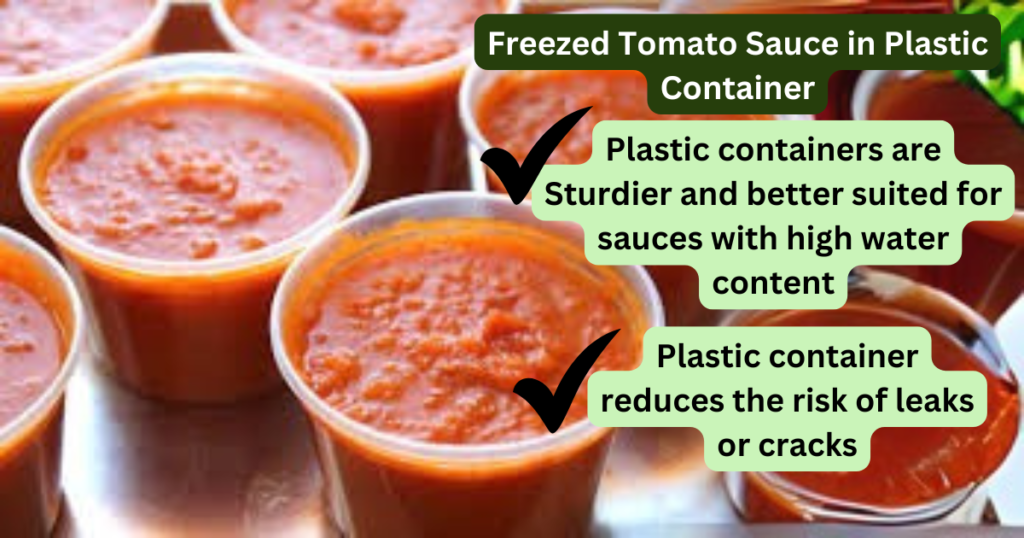
You can freeze tomato sauce in plastic containers, too, but how does it compare to plastic bottles? Both have their pros and cons.
Let’s have a look.
Plastic Containers vs. Plastic Bottles
Plastic bottles: Great for saving space but can crack if overfilled due to liquid expansion.
Plastic containers: Sturdier and better suited for sauces with high water content, reducing the risk of leaks or cracks.
Which is Better for Tomato Sauce?
Plastic containers are often the better choice. They’re designed to handle the expansion of tomato sauce as it freezes, and their wide openings make filling and thawing easier, especially for thicker sauces.
How to Prepare Tomato Sauce for Freezing in Containers
Cool the sauce: Let it reach room temperature before transferring.
Choose the correct container: Use BPA-free, freezer-safe plastic containers with airtight lids.
Leave space: Fill the container about ¾ full to allow for expansion.
Seal properly: Make sure that the lid is tightly closed to prevent air exposure.
Label and date: Mark the container for easy identification later.
Advantages of Plastic Containers
Durability: Less likely to crack compared to bottles.
Ease of use: Wide openings simplify pouring and cleaning.
Better for watery sauces: Prevents freezer burn by sealing tightly.
Can You Freeze Sauce in Plastic Bottles for Pasta?
Yes, you can freeze pasta sauces in plastic bottles, but you need to take some specific steps to get the best results.
Pasta sauces often contain cream, cheese, or meat, which require extra care to maintain their texture and flavor.
Tips for Freezing Pasta Sauces
Cream-based sauces: These can separate when frozen. Add a stabilizer like cornstarch before freezing to reduce separation.
Cheese-based sauces: Freeze well but may clump. Stir thoroughly after thawing to restore smoothness.
Meat sauces: Cool completely before freezing to prevent bacterial growth. Use airtight, freezer-safe bottles to lock in freshness.
Best Ways to Avoid Sauce Texture Changes
Leave space: Fill bottles only ¾ full to allow for liquid expansion.
Cool thoroughly: Always let sauces cool to room temperature before freezing to prevent condensation inside the bottle.
Freeze quickly: Place bottles near the back of the freezer for faster freezing, which helps preserve texture.
How to Thaw Pasta Sauces
- Move the bottle to the fridge and let it thaw overnight for the best results.
- Warm the sauce on low heat, stirring frequently to prevent separation.
- Add a splash of cream or milk during reheating to restore smoothness for cream-based sauces.
Alternatives to Freezing Sauce in Plastic Bottles
If plastic bottles aren’t ideal for your needs, several alternatives can make sauce storage more efficient and convenient.
Plastic Bags are a Good Alternative to Plastic Bottles
Benefits:
- Plastic bags can be laid flat, saving freezer space.
- Flat bags allow for organized storage.
How to Freeze Sauce in Plastic Bags:
Choose freezer-safe bags: Look for durable, leak-proof options.
Double-seal method: After filling the bag, seal it tightly, then place it in a second bag for extra protection.
Lay flat: Spread the sauce evenly in the bag before freezing to make stacking easier.
Glass Jars are Another Good Alternative to Plastic Bottles
Glass jars have the following pros and cons;
Pros:
- Non-toxic and free from chemicals.
- Reusable and eco-friendly.
Cons:
- It is fragile and prone to cracking if not handled carefully.
- It requires leaving extra space to prevent breakage from liquid expansion.
Silicone Freezer Bags are Also Used Widely to Freeze Sauce
Silicone bags are a sustainable and practical option for reducing waste while keeping sauces fresh.
These bags are eco-friendly because;
- They can be washed and reused multiple times.
- They can withstand freezing and thawing without wear.
- These flexible bags can be easily molded to fit available freezer space.
How to Preserve Sauce in Bottles Without Freezing
Freezing isn’t the only way to preserve sauces. Several shelf-stable methods offer convenience and longevity for those who keep sauces fresh without a freezer.
Shelf-Stable Preservation Methods
- Canning in Glass Jars or Bottles:
Sterilize the jars or bottles to prevent contamination.
Fill with hot sauce, leaving about ½ inch of space at the top.
Seal tightly and process in a water bath or pressure canner to ensure a vacuum seal.
- Adding Preservatives:
Salt: Acts as a natural preservative by inhibiting bacterial growth.
Vinegar or Lemon Juice: Ideal for acidic sauces like tomato-based ones, extending their shelf life.
- Refrigeration as a Short-Term Option:
Store in airtight bottles to maintain freshness.
Most sauces last 1-2 weeks in the fridge, depending on their ingredients.
Freezing vs. Other Preservation Methods
Choose freezing if:
- You need to store large quantities for months.
- The sauce has dairy or meat, which doesn’t work well.
Choose shelf-stable methods if:
- You lack freezer space.
- You want sauces ready to use without thawing.
(The Last Thought) Choose What Works For You
Find a preservation method that fits your lifestyle. I have provided you with plenty of options so that you can make the best choice, whether you’re a busy home cook stocking up for the week or someone preserving sauces for special occasions.
Also, experiment with freezing, canning, or using silicone bags, and discover what works best for your kitchen needs.
If you need any help with cooking, feel free to contact me. If you are from Portland and need a cook for your upcoming event, message me.


